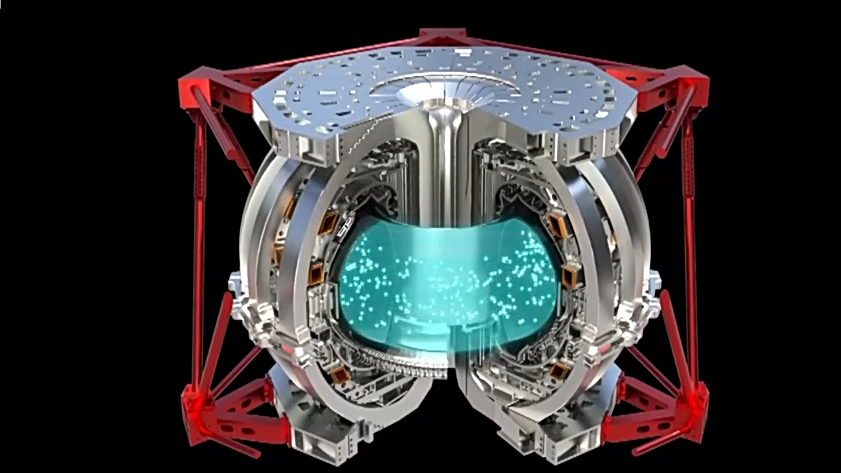
A picture of China's self-developed Huanliu-3 (HL-3), the country's new-generation "artificial sun". /CMG
A picture of China's self-developed Huanliu-3 (HL-3), the country's new-generation "artificial sun". /CMG
China made a breakthrough in controllable nuclear fusion technology on Saturday.
Huanliu-3 (HL-3), the country's new-generation "artificial sun," realized high-confinement mode operation with a plasma current of one million amperes for the first time, according to the China National Nuclear Corporation (CNNC).
The breakthrough puts the operational level of China's magnetic confinement nuclear fusion device at the forefront of the world, marking an important milestone in the country's development of nuclear fusion energy.
The Huanliu-3 (HL-3), independently developed by China, is a large-scale research facility for controllable nuclear fusion.
The high-confinement mode, or H-mode, is an advanced mode of operation in magnetic confinement fusion devices, which can improve the economical efficiency of a fusion reactor.
Thus, the H-mode has been chosen as the standard operation mode for the International Thermonuclear Experimental Reactor (ITER), which is under construction.
The ITER is a nuclear fusion research and engineering megaproject funded and run by seven member parties: China, the European Union, India, Japan, Russia, South Korea and the United States.

A computer-generated image of China's self-developed Huanliu-3 (HL-3), the country's new-generation "artificial sun." /CMG
A computer-generated image of China's self-developed Huanliu-3 (HL-3), the country's new-generation "artificial sun." /CMG
The conditions for realizing nuclear fusion reactions are extremely harsh. In a vacuum environment, the plasma temperature must reach more than 100 million degrees Celsius. As long as the conditions are not met, the reactions will not occur. Therefore, the nuclear fusion reactor is safe and controllable.
As a cutting-edge technology, controllable nuclear fusion is considered one of the most important methods to ultimately address energy-related issues.
It serves as a significant part in China's "three-step" technological roadmap of "thermal neutron reactor, fast reactor, controllable nuclear fusion reactor" for nuclear energy development.
According to China's long-term development goals set for the nuclear energy industry, the application of nuclear fusion energy is hoped to be realized by the middle of this century.
Zhong Wulyu, director of the Center of Fusion Science under the Southwestern Institute of Physics of the CNNC, told China Media Group (CMG) that "the Huanliu-3 (HL-3) team will further study frontier fusion plasma physics, laying a solid foundation for China to carry out burning plasma experiment and build fusion reactors."